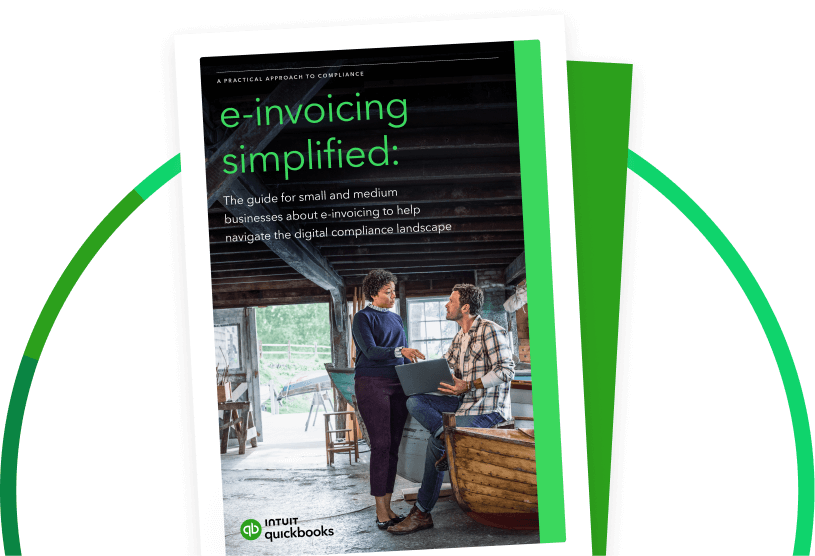Common challenges in e-invoicing adoption
1. Integration with existing systems
One of the primary challenges businesses face is integrating e-invoicing systems with their existing ERP, accounting, and financial management systems. Incompatibility issues can lead to data silos, inefficiencies, and increased vulnerability to errors.
2. Regulatory compliance
The regulatory landscape for e-invoicing varies significantly across different jurisdictions. Businesses must navigate diverse compliance requirements, which can be complex and time-consuming.
3. Data security and privacy
Ensuring data security and privacy is paramount when transitioning to e-invoicing. The risk of cyberattacks, data breaches, and unauthorised access can deter businesses from fully embracing digital invoicing.
4. Resistance to change
Change management is a significant hurdle, especially in organisations with deeply entrenched manual invoicing processes. Employees may resist adopting new technologies, fearing disruption and a steep learning curve.
5. Initial implementation costs
While e-invoicing can lead to long-term cost savings, the initial investment in technology, training, and system upgrades can be substantial. This upfront cost can be a barrier for SMBs with limited budgets.
e-Invoicing adoption requires the readiness and cooperation of trading partners and customers. If partners and customers are not prepared or equipped to handle e-invoices, it can create friction and slow down the transition process.













